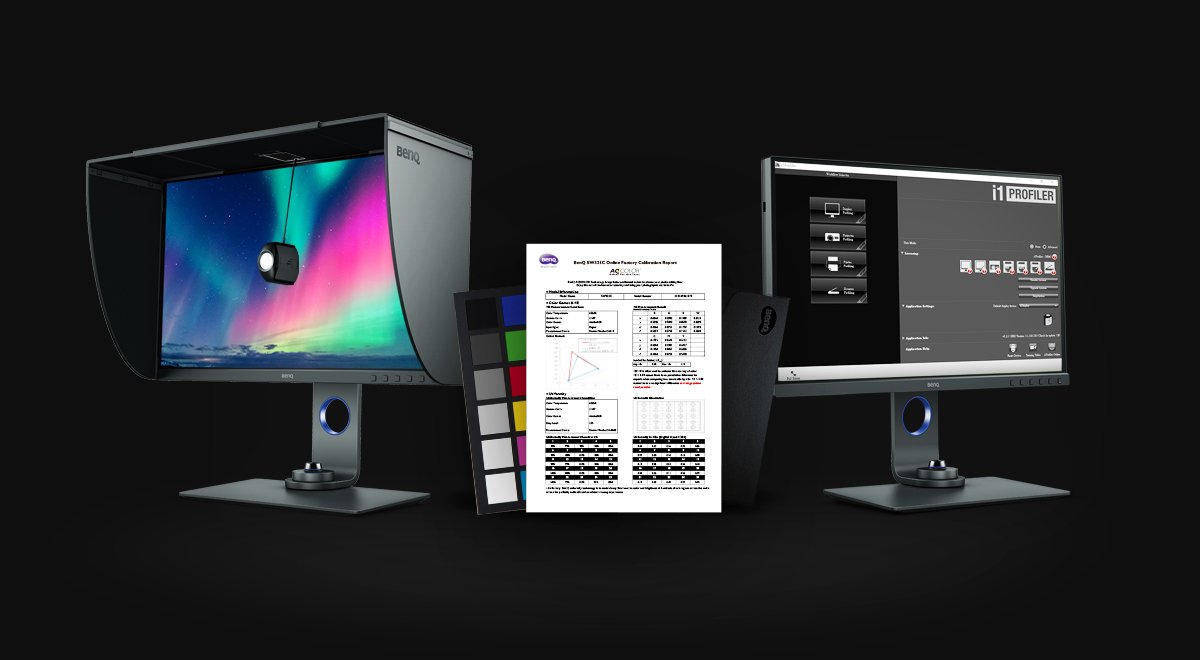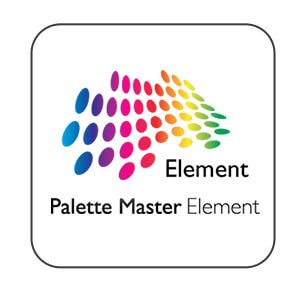Projector
Monitor
Lighting
Digital Display
Job References
This site uses cookies. By continuing to browse the site you are agreeing to our use of cookies, you can also manage preferences.
This site uses cookies. By continuing to browse the site you are agreeing to our use of cookies, you can also manage preferences.
Projector
Monitor
Lighting
Digital Display
Job References
Projector
Monitor
Lighting
Digital Display
Job References
Knowledge Center Support
Very often we have been asked, what is the difference among factory calibration, software calibration and hardware calibration? Hence, this article makes sure that everyone understands the difference among these three calibration methods.
By definition, it can only be calibrated in the factory and by trained personnel, and will only calibrate the factory preset modes, such as “AdobeRGB,” “sRGB,” “DCI-P3,” “B+W,” etc. on a BenQ PhotoVue monitor. The memory block for storing factory preset modes is specially designed and can only be accessed by specialized equipment in the factory and by the factory personnel. Therefore, no matter which calibration method you apply on your BenQ PhotoVue monitor, there is always an accurate color mode that you can choose from.
Factory calibration on BenQ PhotoVue monitors is done unit by unit to ensure that the highest color accuracy could be achieved. This is backed by the calibration report which comes with each unit of the monitor. Users can experience the out-of-the-box color accuracy from our factory preset modes.
Software calibration is the most widely used calibration method performed by end-users. All you need is a calibrator and the software that comes with the calibrator. Users can apply software calibration to almost any displays, such as standalone monitors, laptop monitors, TV, and even tablets. It calibrates the parameters on the graphics card connecting to the display, so the whole process will only take less than 10 minutes (without the manual adjustment part). The calibration result is dependent on how good the graphics card is. If you use a professional-level graphics card, then you could obtain a good result, but if you use an on-board graphics card, then it’s likely that you will get a less satisfactory calibration result.
While software color calibration on monitors offers many advantages for users, color gamut transformation functionality is not one of them. For example, you can’t software calibrate a display limited to sRGB to accurately portray Adobe RGB or any color gamut wider than sRGB. Also, users often need to manually adjust the white point to get a good match to the target, which requires experience and time.
Hardware calibration can only be performed on monitors that offered color gamut transformation functionality, such as BenQ PhotoVue monitors. You can hardware calibrate your BenQ PhotoVue monitor with calibrators from major manufactures, such as X-rite or Datacolor, and with BenQ proprietary software, Palette Master Element, for a calibration result best for BenQ PhotoVue monitors. There is no significant difference between software calibration and hardware calibration from an operating procedure point of view, but the underlying mechanism is very different. As stated in the previous paragraph, software calibration primarily adjusts basic parameters on source device graphics cards without changing anything on the connected display. Hardware calibration thoroughly adjusts internal display parameters and LUTs (look-up tables) on a much deeper level than software adjustments. Monitor parameters and LUTs are more complex than graphics card parameters, and so monitor hardware calibration takes considerably longer than software calibration. Still, the results are worth it and far more accurate than software calibration. In addition, hardware calibration offers color gamut transformation functionality so you can specify the color coordinates of the RGB primaries, and the monitor will be calibrated to the target.
The only traditional drawback of the color-calibrated monitors tends to be a higher price tag. However, BenQ PhotoVue monitors provide exceptional quality at a very accessible price point. If you are serious about colors, they are displays you do not want to miss out on!
Thanks for your feedback!
